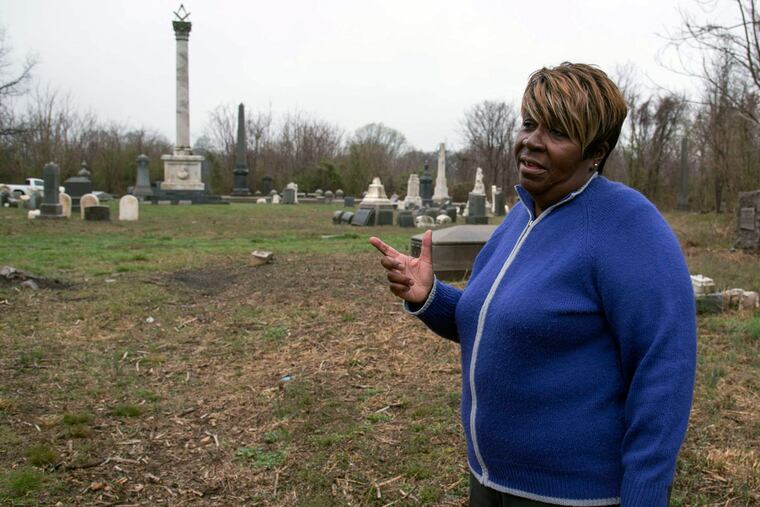Keeping Mount Moriah Cemetery, and its memories, alive
Amid bird whistles and early spring sun, Paulette Rhone heaves open the immense black iron gate of Mount Moriah Cemetery to visit her husband, who died in 1993 and is buried here.

Amid bird whistles and early spring sun, Paulette Rhone heaves open the immense black iron gate of Mount Moriah Cemetery to visit her husband, who died in 1993 and is buried here.
